Backpacking North Carolina: North Carolina is a land teeming with captivating landscapes, breathtaking natural beauty, and a plethora of outdoor opportunities that have drawn the attention of backpackers and adventure enthusiasts alike.
North Carolina is full of beautiful places to see, from the peaceful rolling hills of the Piedmont to the high peaks of the Appalachian Mountains, which promise an exciting adventure.
The Appalachian Trail is a must-do for backpackers who want to go on a trip that is both beautiful and hard. This historic trail goes through North Carolina for a total of 2,000 miles, giving hikers stunning views of the mountains, forests, and valleys in the area.
Roan Mountain and the majestic Great Smoky Mountain National Park are two of the most popular parts of the trail in the state.
However, if you’re searching for something a little less strenuous, North Carolina has no shortage of shorter backpacking trails to choose from. Backpackers love the Pisgah National Forest, which is a haven for outdoor lovers with trails for everything from easy day hikes to multi-day backpacking trips.
But North Carolina is not just about its natural beauty; it’s also steeped in a rich cultural heritage. Visitors can delve into the state’s history by visiting its many historic sites, such as the Biltmore Estate and the iconic Cape Hatteras Lighthouse.
People who like to try new things will find a lot to do, from kayaking and fishing to the exciting sport of rock climbing. All this is possible including north Carolina hiking.
For those who prefer a more relaxed pace, North Carolina is home to several charming small towns and picturesque rural areas, such as the charming mountain town of Asheville and the charming coastal town of Beaufort.
So whether you’re an experienced backpacker or just starting out, North Carolina has something to offer everyone. Don’t wait—pack your bags and hit the trails, because backpacking in North Carolina is a once-in-a-lifetime experience you won’t want to miss.
Backpacking North Carolina
North Carolina, or the Tar Heel State, is an underappreciated destination for those seeking an adventure in the great outdoors.
With its diverse and breathtaking landscapes, ranging from the rolling Blue Ridge Mountains to the serene beaches of the Outer Banks, North Carolina offers a plethora of opportunities for backpackers and nature enthusiasts alike.
Whether you’re a seasoned hiker or a beginner, the Tar Heel State has something to offer every type of explorer. One of the most sought-after trekking locations in North Carolina is the Linville Gorge Wilderness Area, nestled in the heart of the Blue Ridge Mountains.
This wilderness area boasts rugged terrain and awe-inspiring views and is home to numerous trails, including the challenging Linville Falls Trail. This trail will lead you to the base of the magnificent Linville Falls, which are well worth the strenuous hike.
For those seeking a more intense backpacking experience, this Mountains National Park is the place to be.
Designated as a UNESCO World Heritage Site and the most visited park in the United States, this park offers a range of opportunities for backcountry camping and is home to numerous trails, including the renowned Appalachian Trail, which spans over 70 miles through the park.
On the other hand, if you’re seeking a more relaxed trekking experience, the Outer Banks are a must-visit destination.
These string of barrier islands are renowned for their pristine beaches, historic lighthouses, and rich wildlife and offer a range of trekking opportunities, including the renowned Cape Hatteras National Seashore.
This protected area of over 70 miles of beach, dunes, and maritime forest provides a tranquil escape from city life. Before embarking on your backpacking trip in North Carolina, it is crucial to be well-prepared.
This includes having the proper gear, such as a durable backpack, a sturdy tent, and a warm sleeping bag, as well as adequate supplies, such as food and water, to last the duration of your trip.
It’s also important to carry a map and compass to avoid getting lost, as well as a first-aid kit to be prepared for any injuries or emergencies that may arise.
When backpacking in North Carolina, it’s crucial to be mindful of the environment and the wildlife that call the state home. This means adhering to Leave No Trace principles, such as packing out all of your trash and not disturbing the natural surroundings.
To make sure you have a safe and responsible trekking trip, you should also be aware of any rules or regulations in the area, such as designated camping spots or wilderness permits.
Whether you’re a seasoned backpacker or a first-time adventurer, North Carolina offers a diverse range of landscapes and activities to suit your needs. The rugged terrain of the Blue Ridge Mountains, with its breathtaking views and challenging hikes, is a must-visit for those seeking an adrenaline rush.
The serene beaches of the Outer Banks are perfect for those seeking a more relaxed backpacking experience, while the Mountains Park offers a mix of adventure and scenic beauty.
In conclusion, North Carolina is a hidden gem for outdoor enthusiasts, offering something for everyone, whether you’re looking for a challenging hike, a relaxing beach escape, or a chance to immerse yourself in nature.
So pack your backpack and get ready for an unforgettable trekking experience in the Tar Heel State. Explore its diverse landscapes, discover its hidden wonders, and make memories that will last a lifetime.
Also useful articles: How to Pack Eggs for Backpacking?
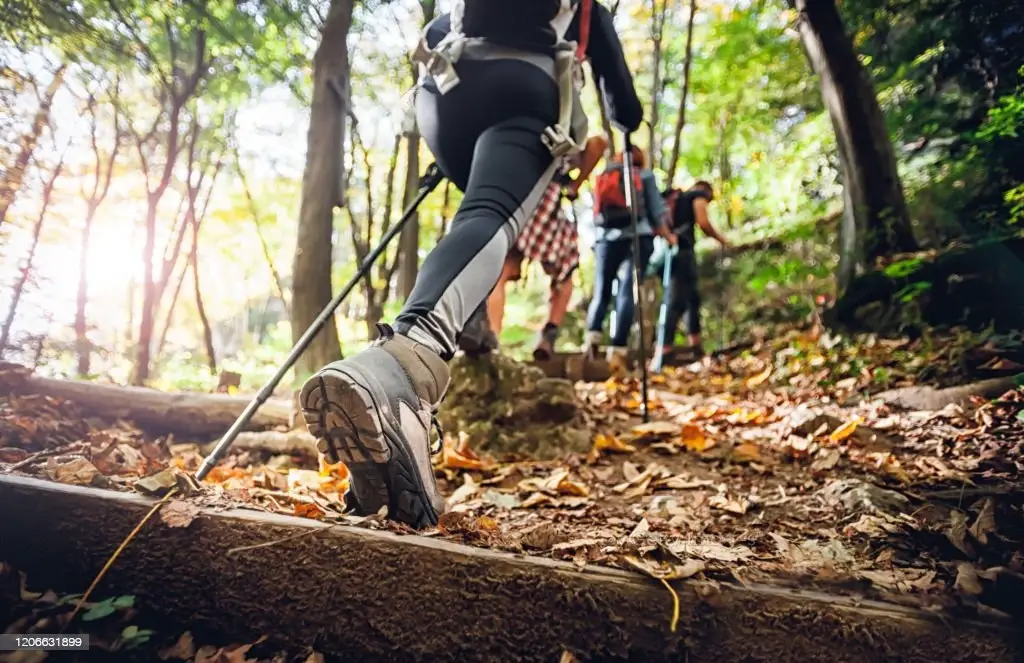
Best month to go backpacking
| January | Yes |
| February | Yes |
| March | Yes |
| April | Yes |
| May | Not advisable |
| June | Not advisable |
| July | Not advisable |
| August | No, at all |
| September | May be |
| October | Yes |
| November | Yes |
| December | Yes |
1. Mountains national park backpacking
Backpacking in a mountain park is one of the most breathtaking outdoor experiences you can have. With towering peaks, pristine lakes, and breathtaking vistas, it’s the perfect escape from the hustle and bustle of daily life.
If you’re thinking about hitting the trails for a trekking adventure, here’s everything you need to know about backpacking in a mountain park.
1. Choose the right park
The first step in planning your trekking trip is to choose the right park. There are many mountain parks to choose from, each with its own unique features and landscapes.
Consider factors such as accessibility, difficulty of trails, weather patterns, and the types of wildlife and vegetation you’d like to see. Some popular mountain parks for trekking include Yosemite Park, Rocky Mountain Park, and Glacier Park.
2. Prepare for the weather
The weather in a mountain park can be unpredictable, so it’s important to be prepared for all conditions. Pack layers, as temperatures can vary greatly from day to night, and be prepared for rain or snow. Additionally, high elevations can increase the risk of sunburn, so bring sunblock and a hat.
3. Get in shape
Backpacking in a mountain park can be physically demanding, so it’s important to be in good physical condition before hitting the trails. This means building up strength and endurance in advance, and taking regular hikes to get used to carrying a backpack and walking for extended periods of time.
4. Pack the right gear
When it comes to gear, it’s important to pack light and wisely. Essential items include a good quality tent, a sleeping bag, a backpacking stove, a water filter or purification system, and plenty of food and snacks. It’s also a good idea to bring a map, compass, and GPS device, as well as a first-aid kit and headlamp.
5. Get a permit
Most mountain parks require a backpacking permit, so be sure to obtain one in advance. This will help ensure that you stay on designated trails, minimize your impact on the environment, and protect wildlife.
6. Know the rules
It’s important to familiarize yourself with park rules and regulations before heading out on your trekking trip. This includes restrictions on camping and fire, as well as rules around wildlife interaction and food storage.
7. Respect wildlife
The wildlife in a mountain park is one of its biggest draws, but it’s important to remember that these animals are wild and unpredictable. Keep your distance and never feed the wildlife, as this can harm them and disrupt their natural behavior.
8. Leave no trace
Finally, it’s important to follow the “leave no trace” principle when backpacking in a mountain park. This means packing out all of your trash, respecting the environment by avoiding shortcuts and staying on designated trails, and minimizing your impact on the landscape.
Backpacking in a mountain park is a once-in-a-lifetime experience that will challenge you physically and mentally. By preparing for all conditions, packing the right gear, and respecting the park’s rules and wildlife, you can ensure a safe and memorable trip. So lace up your boots, grab your backpack, and hit the trails!
Also useful articles: Can You Take Eggs Backpacking?
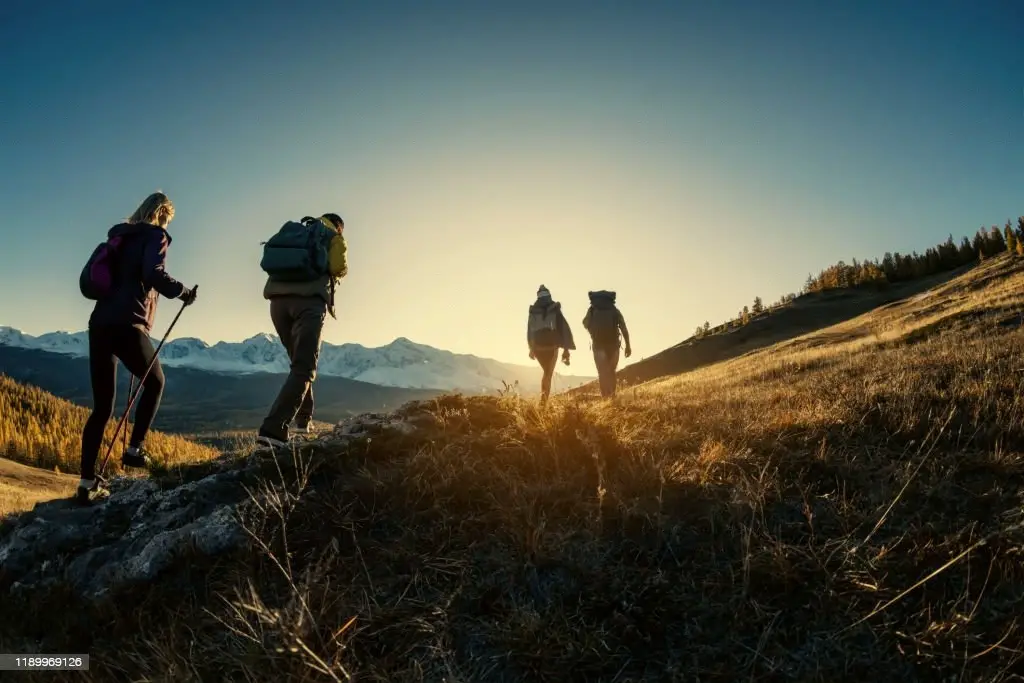
2. Backpacking great smoky mountains
The Great Smoky Mountains, straddling the border of Tennessee and North Carolina, are a must-visit destination for outdoor enthusiasts and nature lovers. With its diverse landscape of rolling hills, lush forests, and clear streams, the park is a haven for those seeking peace, adventure, and a chance to connect with the natural world.
One of the best ways to experience the beauty of this Mountains is by backpacking. Backpacking in the park offers a unique opportunity to escape the hustle and bustle of modern life and immerse yourself in the stunning scenery. Whether you’re a seasoned backpacker or a beginner, the Mountains has something to offer.
Here are some tips to help you plan your trekking trip to the Great Smoky Mountains:
1. Obtain a backcountry permit.
Before you start your backpacking adventure, it’s important to obtain a backcountry permit. This permit is required for all overnight stays in the backcountry and can be obtained at any park visitor center. The park also has a quota system in place to ensure that the backcountry remains protected and the experience remains enjoyable for all visitors.
2. Choose the right trail
Be guided the Mountains have over 800 miles of trails, so choosing the right one can be overwhelming. It’s important to consider your skill level, the time of year, and the length of your trip when choosing a trail. Some of the most popular trails include the Appalachian Trail, the Alum Cave Trail, and the Charlie’s Bunion Trail.
3. Pack wisely include maps.
When it comes to trekking, it’s important to pack wisely. Make sure to pack light, but also be prepared for any weather conditions. Essential items include a tent, sleeping bag, first-aid kit, food, water, and clothing suitable for the weather. It’s also a good idea to bring a map, compass, and GPS, as well as a headlamp or flashlight for navigating after dark.
4. Be prepared for wildlife.
The Mountains are home to a variety of wildlife, including black bears, deer, and elk. While encountering wildlife is an exciting part of the trekking experience, it’s important to be prepared. Store your food and trash securely, and carry bear spray if available.
5. Respect the environment
It’s important to respect the environment when backpacking in the Mountains. Stick to established trails, minimize your impact on the landscape, and follow the park’s Leave No Trace principles. These principles include packing out all of your trash, respecting wildlife, and minimizing campfire use.
Backpacking in this Mountains is an unforgettable experience that offers a chance to escape the hustle and bustle of modern life and immerse yourself in the stunning scenery.
With its diverse landscape, diverse wildlife, and peaceful atmosphere, the park is a must-visit destination for anyone looking for a unique adventure. Just remember to obtain a backcountry permit, choose the right trail, pack wisely, be prepared for wildlife, and respect the environment. Happy trekking!
Top pick

Editor’s choice

.
Best value

3. Appalachian trail touring and Walking
The Trail is a 2,190-mile-long trail that spans from Georgia to Maine and passes through 14 states in the eastern United States. It is one of the most popular hiking trails in the world and attracts hundreds of thousands of visitors every year.
The trail is known for its scenic beauty and unique landscapes, as well as its rich history and cultural heritage. In this blog, we will explore the world of Trail touring and walking and provide you with tips and insights to help you plan your next adventure.
One of the first things you need to consider when planning your Trail walk is the time of year. The trail is open year-round, but the best time to hike depends on your preferences and physical abilities.
The spring and summer months are the most popular times to hike, but they are also the busiest. The fall and winter months are less crowded and offer stunning views of the changing leaves and snow-capped mountains.
Another important consideration when planning your Trail walk is your physical fitness and experience level. The trail is strenuous and requires a high level of physical endurance, so it is important to be in good shape before you begin your journey.
It is also a good idea to take a few training hikes and get used to walking with a backpack and other gear such as maps.
When it comes to gear, there are a few essential items that you will need to bring along with you on your Appalachian Trail walk. A sturdy and comfortable pair of hiking boots is the most important piece of gear, as you will be doing a lot of walking on rough and uneven terrain.
You will also need a good-quality backpack to carry your food, water, clothing, and other essentials. Other important items include a tent or camping hammock, a sleeping bag, a stove for cooking, and a waterproof rain jacket.
One of the best things about walking the Trail is the chance to connect with nature and enjoy some of the most stunning landscapes in the world. The trail passes through dense forests, rolling hills, and high peaks and offers breathtaking views of the surrounding countryside.
Along the way, you will also encounter wildlife, such as deer, bears, and a variety of bird species.
In addition to the natural beauty of the Appalachian trail, there is also a rich cultural heritage that is waiting to be explored. The Trail passes through small towns and villages and gives you the opportunity to learn about the local history, customs, and traditions.
You can learn about the culture and history of the area by going to places like Civil War battlefields and Native American communities.
Finally, walking the Trail is also a great opportunity to meet new people and form lasting connections. The trail attracts people from all over the world, and you will have the chance to meet other hikers and share your experiences.
Whether you are hiking solo or with a group, you are sure to make new friends and create memories that will last a lifetime.
In conclusion, the Appalachian trail is a unique and amazing destination that offers a wealth of opportunities for adventure, exploration, and personal growth.
Whether you are a seasoned hiker or a first-time walker, the trail is sure to provide you with a once-in-a-lifetime experience. So why wait? Start planning your next Trail walk today and discover the beauty and wonder of this amazing trail for yourself!
Also useful articles: Taking Fresh Eggs Backpacking
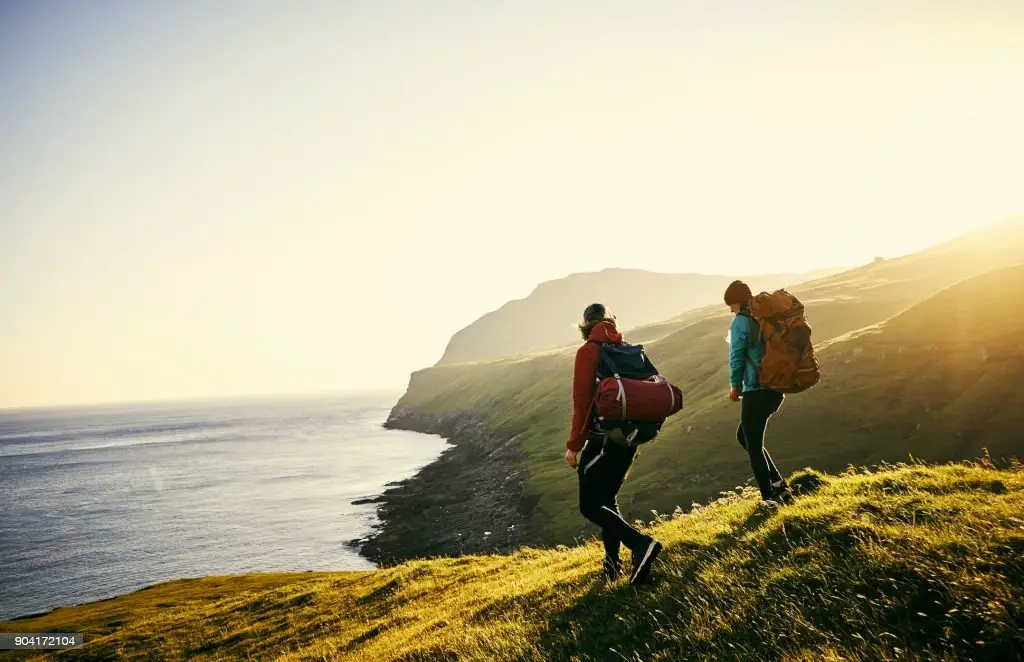
4. Pisgah national forest – Backpacking
The National Forest, nestled in the heart of Western North Carolina, encompasses a vast wilderness of over 500,000 acres, providing backpackers with boundless opportunities for exploration, camping, and adventure.
This beautiful landscape, with its cascading waterfalls, rolling hills, towering peaks, and wide-open views, offers a wide range of outdoor enthusiasts a beautiful and varied setting.
For those who seek to immerse themselves in nature, hiking the many trails within Pisgah is an absolute must. With over 250 miles of trails, ranging from easy walks to strenuous trekking trips, the forest offers something for everyone, from novices to seasoned hikers.
The Art Loeb Trail, a 30-mile journey through the heart of the forest, and the Shining Rock Trail, with its magnificent views of the surrounding landscape, are just two examples of the popular trails that attract backpackers from around the world.
Backpacking in Pisgah National Forest is a remarkable experience, with numerous backcountry campsites available for overnight camping. However, it’s important to obtain a camping permit in advance to fully appreciate the forest’s varied terrain and diverse landscapes.
Whether you’re seeking a peaceful escape or an adrenaline-fueled adventure, Pisgah’s multiple-day trekking trips are the perfect way to connect with nature and create memories that will last a lifetime.
The Linville Gorge, a steep, rugged gorge dotted with towering cliffs, cascading waterfalls, and pristine forests, is a highly sought-after backpacking destination.
The Linville Gorge Wilderness Area offers over 30 miles of trails and multiple backcountry campsites, making it the ideal place for backpackers to explore and challenge themselves.
For those who crave a remote and pristine corner of the forest, Slick Rock Falls is a must-visit destination.
Backpackers can see rare animals like black bears, white-tailed deer, and turkeys on this difficult hike to multiple cascading waterfalls, and from the top of the falls, they can get a beautiful view of the surrounding area.
Whether you’re a seasoned pro or just starting out, the national forest has something for everyone. With its diverse landscapes, challenging trails, and breathtaking vistas, it’s the perfect place to escape from the hustle and bustle of everyday life and connect with nature.
So pack your bags, grab your gear, and head out into the wilderness for an unforgettable trekking experience.
The National Forest is a backpacker’s paradise. Its abundance of wildlife, scenic beauty, and endless opportunities for outdoor recreation make it the ideal place to explore, challenge yourself, and immerse yourself in the beauty of nature.
So what are you waiting for? Get out there and experience this breathtaking wilderness for yourself!
Also useful articles: Rainbow Beach in Australia
Top pick

Editor’s choice

Best value

5. Ridge trail North Carolina – Backpacking
If you’re a fan of outdoor adventures, then you definitely should check out the Ridge Trail in North Carolina. This trail spans over 40 miles and offers a diverse range of landscapes and breathtaking views.
From rolling hills to dense forests, this trail offers something for everyone, whether you’re a seasoned hiker or a beginner looking to explore nature. In this guide, we’ll cover everything you need to know about the Trail, including its history, top attractions, and tips for hiking.
History of the Ridge Trail
The Trail is a relatively new addition to North Carolina’s hiking scene, having been established in the early 2000s. The trail was created by the Carolina Mountain Club, a local hiking organization, with the goal of preserving the state’s natural beauty and promoting outdoor recreation.
The trail was made so that hikers of all skill levels could use it, and the organization has worked hard to keep the trail in good shape and make sure that visitors are safe and have a good time.
Top Attractions
One of the most notable things about the Trail is its diverse range of landscapes. Whether you’re looking for a peaceful hike through the woods or a challenging trek over rocky terrain, this trail has something to offer. Some of the top attractions include:
- Rolling Hills: One of the most striking features of the Trail is its rolling hills, which offer panoramic views of the surrounding landscape. As you hike, you’ll be able to see for miles in all directions, taking in the lush forests, rolling meadows, and distant peaks.
- Waterfalls: Another highlight of the Trail is its numerous waterfalls, which provide a cool respite from the heat and a breathtaking display of nature’s beauty. Some of the most popular waterfalls include Hooker Falls and High Falls, which are sure to leave a lasting impression.
- Wildlife: As you hike through the Trail, you’ll have the chance to encounter a variety of wildlife, including deer, squirrels, and a variety of bird species. Keep an eye out for the more elusive animals, like black bears and mountain lions, as they are known to roam the area.
- Scenic Overlooks: The Trail is dotted with scenic overlooks, which offer stunning views of the surrounding landscape. Take a break from your hike and enjoy the view, or snap a few photos to remember your experience.
Tips for Hiking the Ridge Trail
Whether you’re a seasoned hiker or a beginner, it’s important to follow a few basic guidelines to ensure a safe and enjoyable experience on the Trail. Here are a few tips to keep in mind:
- Plan Ahead: Before you hit the trail, make sure to research the route and conditions and pack appropriately for the weather. You’ll want to bring plenty of water, snacks, and a map, as well as any other supplies you might need for the trail, such as a first aid kit, insect repellent, or a rain jacket.
- Stay on the Trail: To protect the natural beauty of the area, it’s important to stay on the designated hiking trail. Not only will this help preserve the environment, but it will also keep you safe from potential hazards, like rocky terrain or steep drop-offs.
- Respect Wildlife: While wildlife sightings can be a highlight of the trail, it’s important to remember that these animals are wild and can be unpredictable. Keep a safe distance from any wildlife you encounter, and never approach or feed them.
- Leave No Trace: Finally, make sure to practice Leave No Trace principles, which include: involve leaving the trail and its surroundings as you found them. This means carrying out all of your trash, respecting the vegetation, and minimizing your impact on the environment. By following these guidelines, we can ensure that the Trail remains a beautiful and pristine destination for future generations to enjoy.
Whether you’re a seasoned hiker or a beginner looking to explore nature, the Trail in North Carolina is an excellent destination. With its diverse range of landscapes, breathtaking views, and abundance of wildlife, this trail offers something for everyone.
By following the tips outlined in this guide, you can ensure a safe and enjoyable experience on the Trail and leave with memories that will last a lifetime. So why not plan a trip today and discover the beauty of the Trail for yourself?
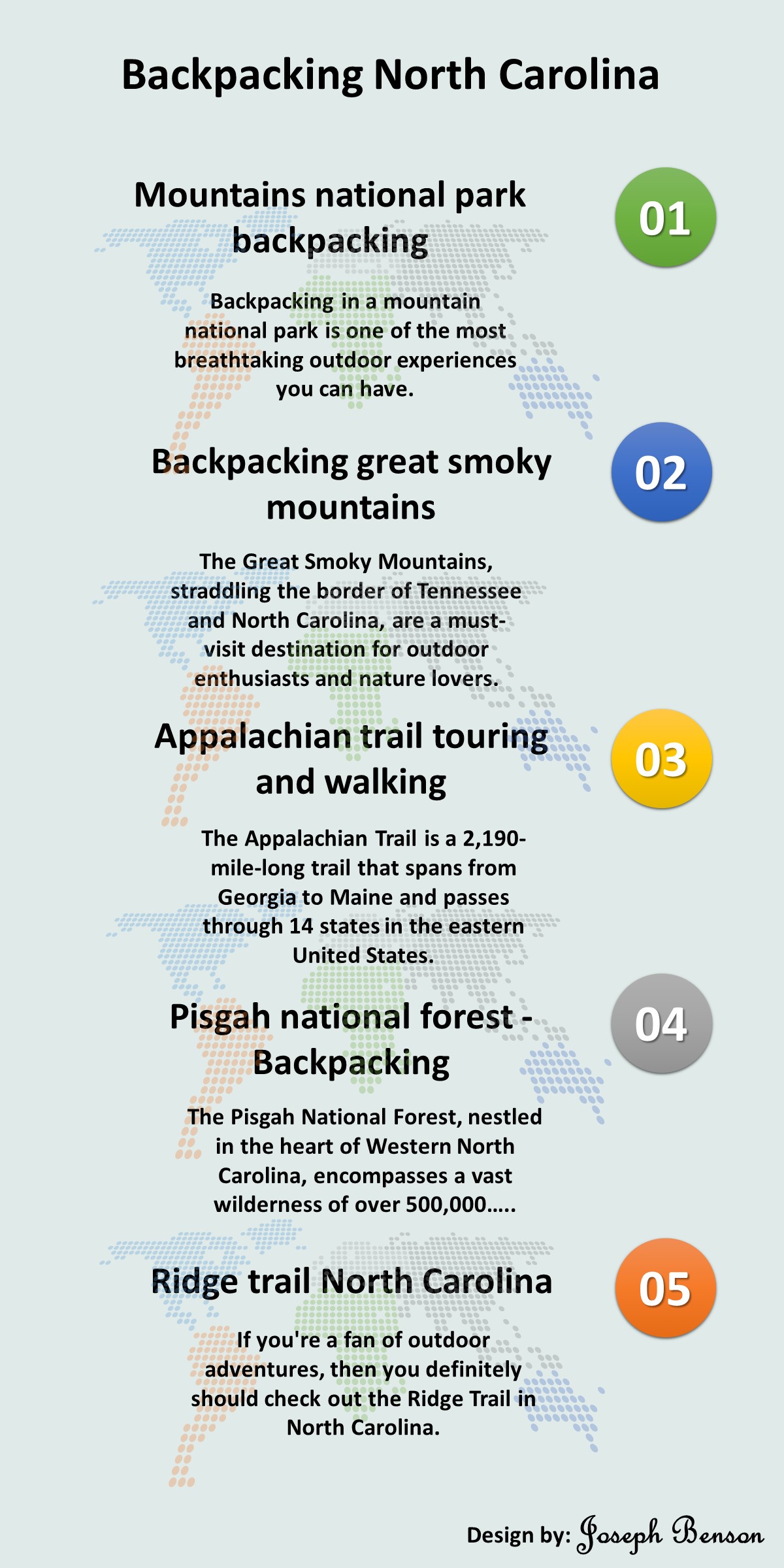
FAQ
1. What is the longest backpacking trail in North Carolina?
According to AllTrails.com, the longest backpacking trail in North Carolina is Bartram Trail.
2. What is the most popular and difficult backpacking trail in North Carolina?
The Art Loeb Trail is one of the best-known and most iconic long-distance trails in North Carolina.
Conclusion
In conclusion, backpacking in North Carolina is a truly incredible experience that everyone should try at least once in their lifetime. The state is filled with breathtaking scenery, diverse wildlife, and endless opportunities for adventure.
Whether you’re a seasoned hiker or a beginner, North Carolina has something to offer. From the Great Smoky Mountains in the west to the Outer Banks in the east, the state is filled with diverse landscapes that will take your breath away.
One of the best things about trekking in North Carolina is that you don’t need to be an expert hiker to enjoy it. There are plenty of trails that are suitable for all skill levels, so you can choose the one that best suits your needs and experience.
Whether you want to tackle a challenging climb or simply enjoy a leisurely walk through the woods, there’s something for everyone.
North Carolina is also home to many parks, preserves, and wilderness areas, so you can be sure that you’ll find the perfect place to set up camp and enjoy the great outdoors.
Whether you’re looking to escape the hustle and bustle of city life or simply want to spend some time surrounded by nature, trekking in North Carolina is the perfect way to do it.
So, if you’re looking for an adventure that will challenge you and reward you in equal measure, pack your bags and head to North Carolina for an unforgettable backpacking experience. Whether you’re solo or with a group, you’re sure to have a trip of a lifetime.
Also useful articles: How to Backpack with Eggs?

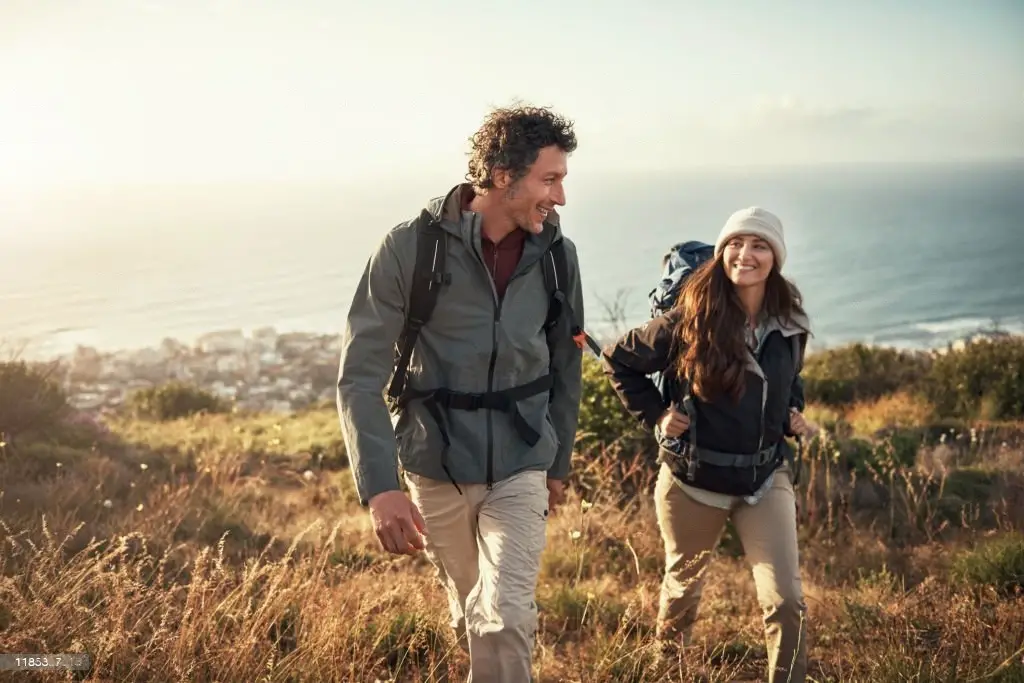


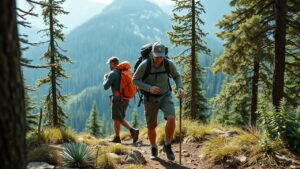


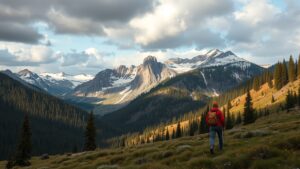

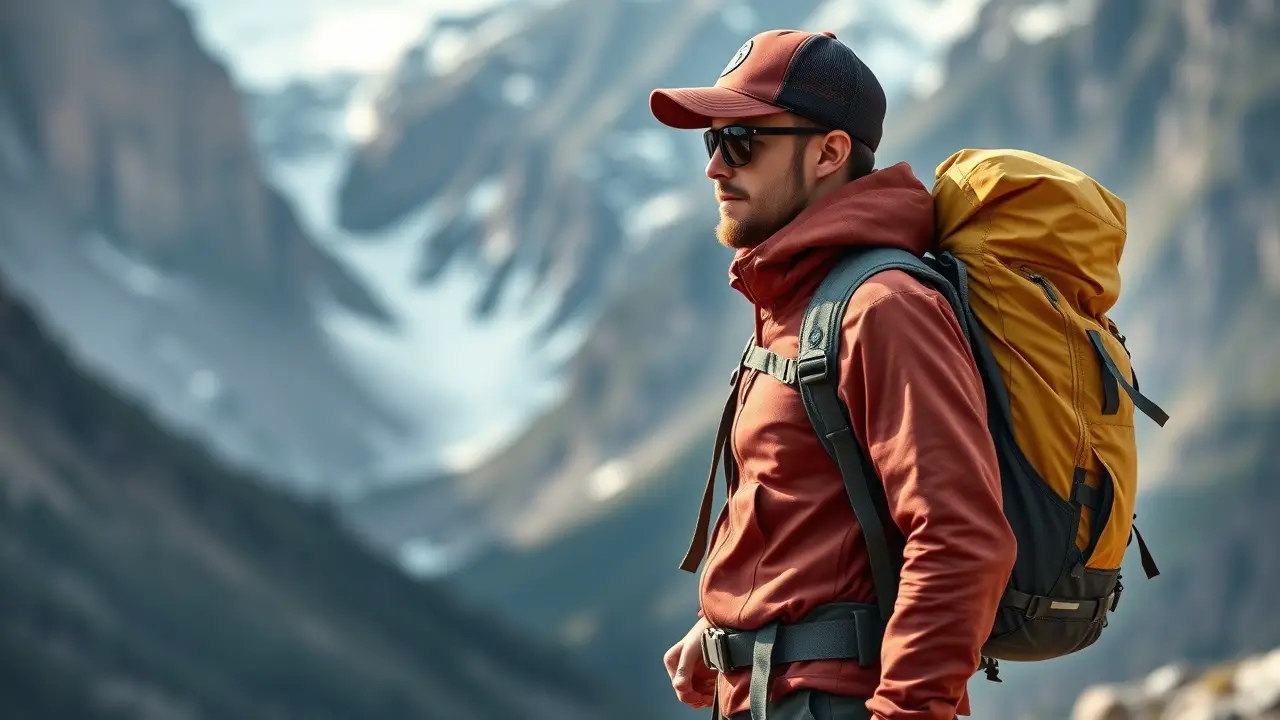
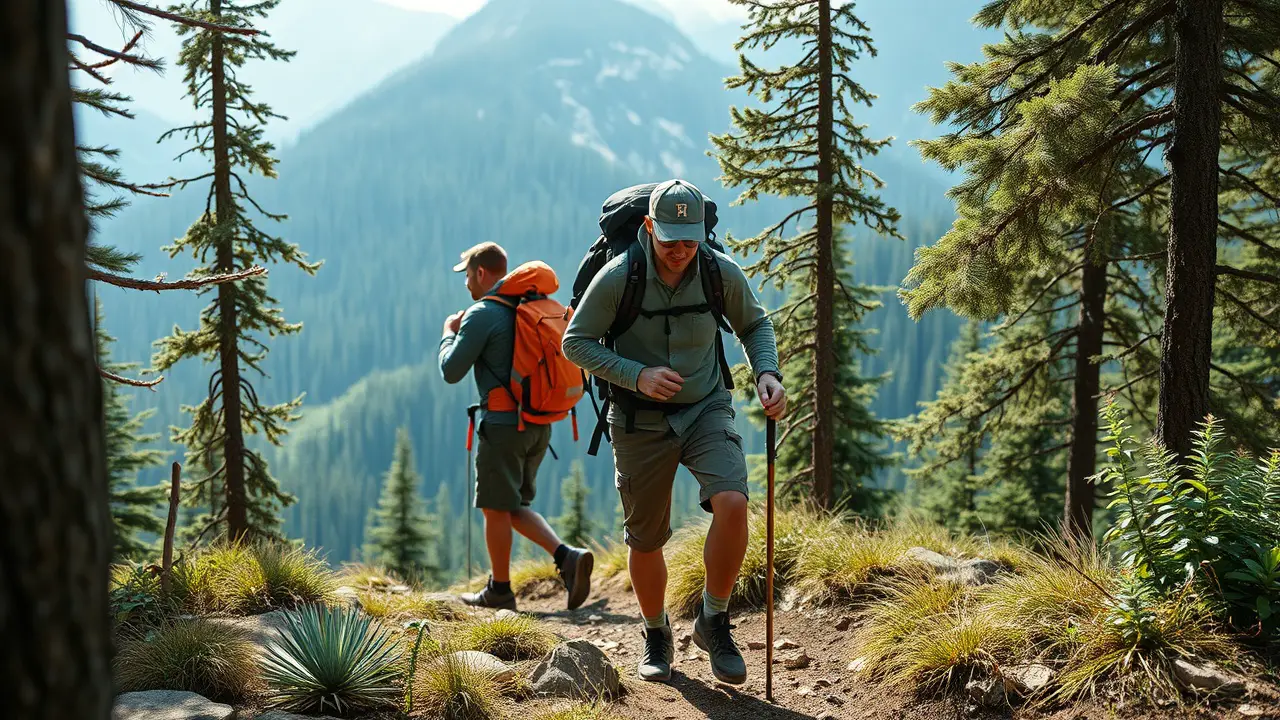
Leave a Reply